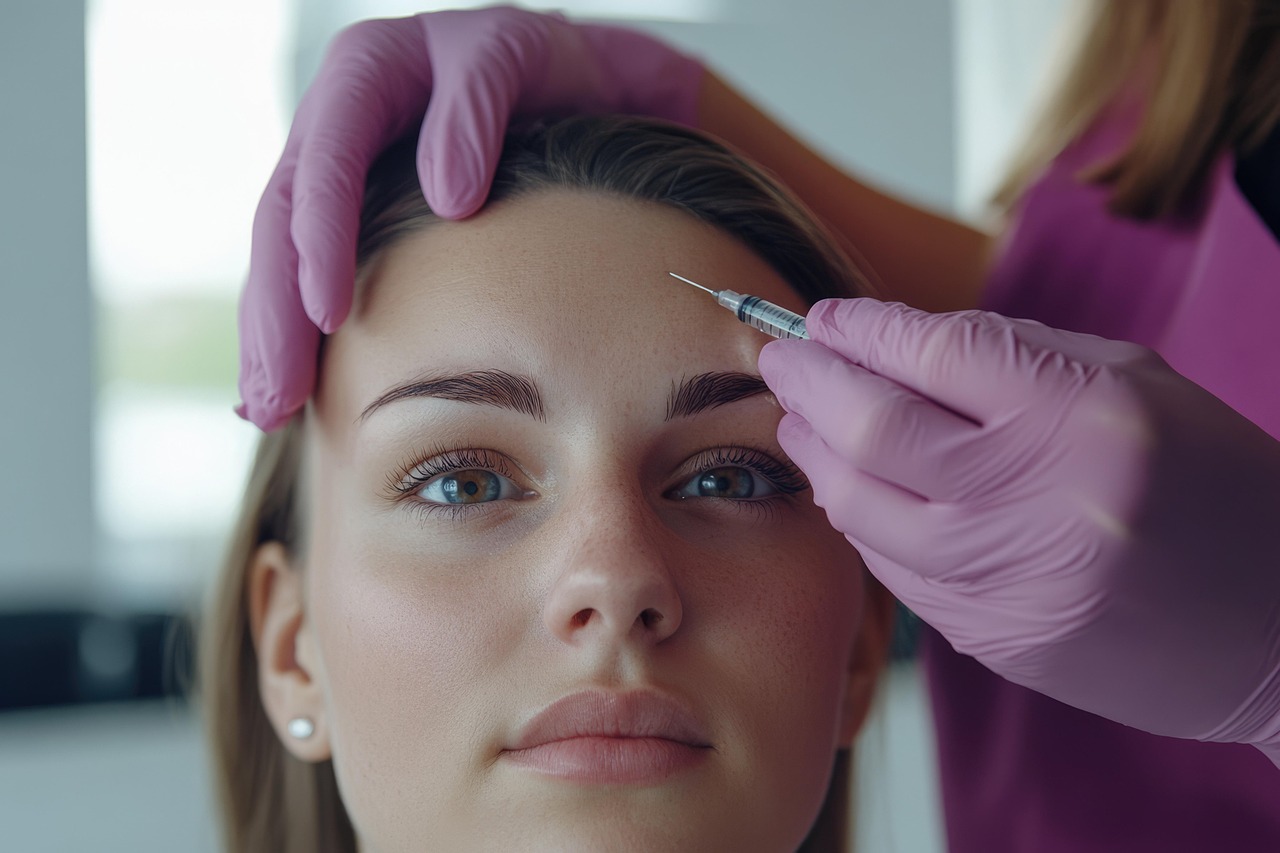Botox Explained: How It Works, Uses, and Safety Considerations
Botox, short for Botulinum toxin, has become a household name in the world of cosmetic procedures and medical treatments. This versatile injectable has gained popularity for its ability to reduce wrinkles and treat various medical conditions. In this comprehensive guide, we'll explore how Botox works, its diverse uses, and important safety considerations to keep in mind.

How does Botox work?
Botox is derived from the bacterium Clostridium botulinum and works by temporarily paralyzing specific muscles or blocking certain nerves. When injected into targeted areas, Botox inhibits the release of acetylcholine, a neurotransmitter responsible for muscle contractions. This mechanism of action leads to a reduction in muscle activity, which can help smooth out wrinkles and address various medical issues.
The effects of Botox are localized, meaning they only impact the specific area where it’s injected. This precision allows for targeted treatment without affecting surrounding tissues. Typically, the effects of Botox begin to appear within a few days after injection and can last for several months, depending on the individual and the treatment area.
What are the common uses of Botox?
While Botox is widely known for its cosmetic applications, it has a range of medical uses as well. Here are some of the most common uses for Botox:
-
Cosmetic purposes: Botox is primarily used to reduce the appearance of facial wrinkles, particularly in areas such as the forehead, between the eyebrows, and around the eyes (crow’s feet).
-
Migraine prevention: For individuals suffering from chronic migraines, Botox injections can help reduce the frequency and severity of headaches.
-
Muscle spasms: Botox can be used to treat various muscle disorders, including cervical dystonia (neck muscle spasms) and blepharospasm (eyelid spasms).
-
Hyperhidrosis: Excessive sweating can be managed with Botox injections in the underarms, palms, or feet.
-
Overactive bladder: Botox can help relax the bladder muscles, providing relief for individuals with urinary incontinence or overactive bladder syndrome.
-
Crossed eyes (strabismus): Botox injections can help realign the eyes by weakening specific eye muscles.
What are the safety considerations for Botox?
While Botox is generally considered safe when administered by a qualified healthcare professional, there are several important safety considerations to keep in mind:
-
Qualified provider: Always ensure that your Botox treatment is performed by a licensed and experienced healthcare professional, such as a board-certified dermatologist or plastic surgeon.
-
Medical history: Inform your provider about your complete medical history, including any allergies, medications, or medical conditions, as these factors may affect your suitability for Botox treatment.
-
Potential side effects: Common side effects of Botox may include temporary bruising, swelling, or redness at the injection site. More serious but rare side effects can include muscle weakness, difficulty swallowing, or vision problems.
-
Pregnancy and breastfeeding: The safety of Botox during pregnancy or while breastfeeding has not been established, so it’s generally advised to avoid treatment during these periods.
-
Interactions: Certain medications and supplements may interact with Botox, potentially increasing the risk of side effects. Always disclose all medications and supplements you’re taking to your healthcare provider.
-
Realistic expectations: Understanding the limitations and temporary nature of Botox results is crucial. Results typically last 3-6 months, and repeat treatments are necessary to maintain the effects.
What is the typical cost of Botox treatment?
The cost of Botox treatment can vary significantly depending on factors such as the treatment area, the amount of Botox used, the provider’s expertise, and geographic location. Here’s a general overview of Botox pricing:
| Treatment Area | Average Cost Range |
|---|---|
| Forehead Lines | $200 - $800 |
| Crow’s Feet | $300 - $600 |
| Frown Lines | $300 - $700 |
| Full Face | $800 - $2,000 |
Prices, rates, or cost estimates mentioned in this article are based on the latest available information but may change over time. Independent research is advised before making financial decisions.
It’s important to note that Botox is typically priced per unit, with each treatment area requiring a specific number of units. Some providers may offer package deals or membership programs for regular treatments. When considering Botox, it’s advisable to prioritize the provider’s qualifications and experience over cost alone, as the skill of the injector plays a crucial role in achieving optimal results and minimizing potential complications.
In conclusion, Botox offers a versatile solution for both cosmetic and medical concerns. Understanding how it works, its various applications, and the associated safety considerations is essential for anyone considering this treatment. By working with a qualified healthcare professional and maintaining realistic expectations, individuals can make informed decisions about incorporating Botox into their aesthetic or medical treatment plans.
This article is for informational purposes only and should not be considered medical advice. Please consult a qualified healthcare professional for personalized guidance and treatment.




